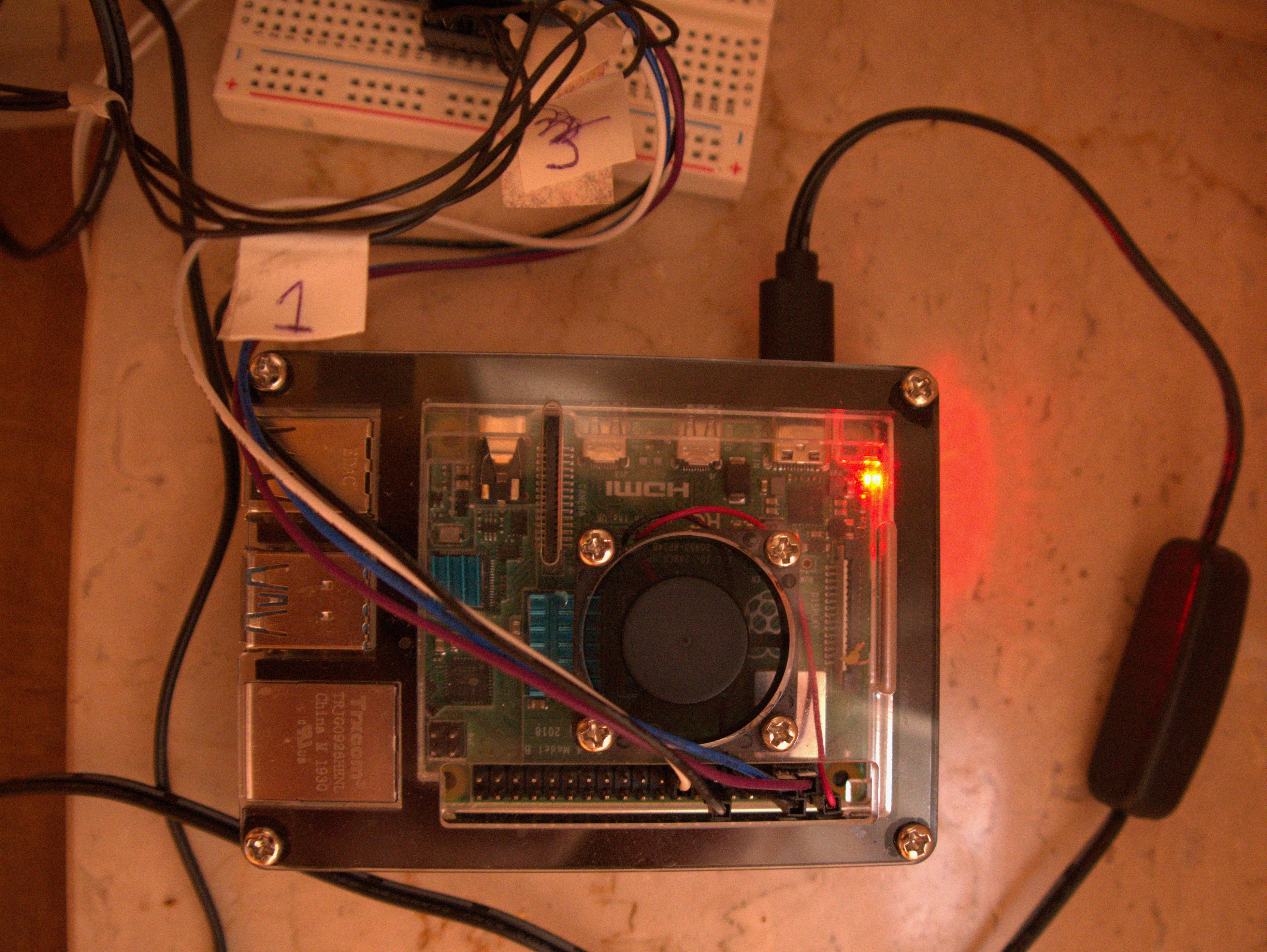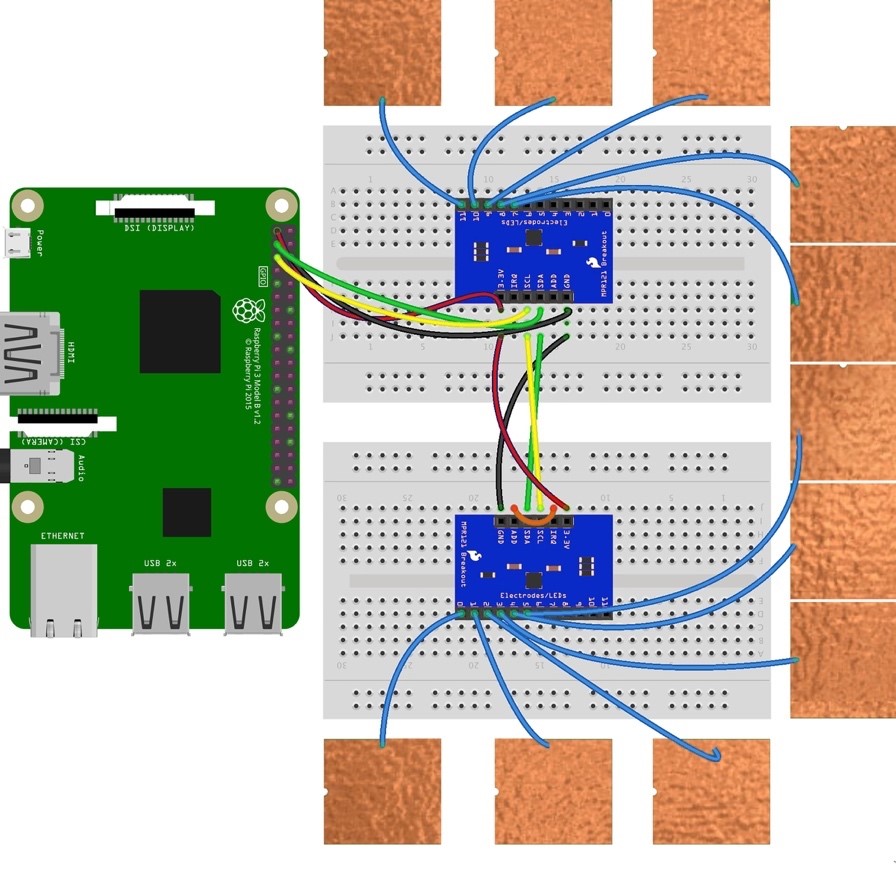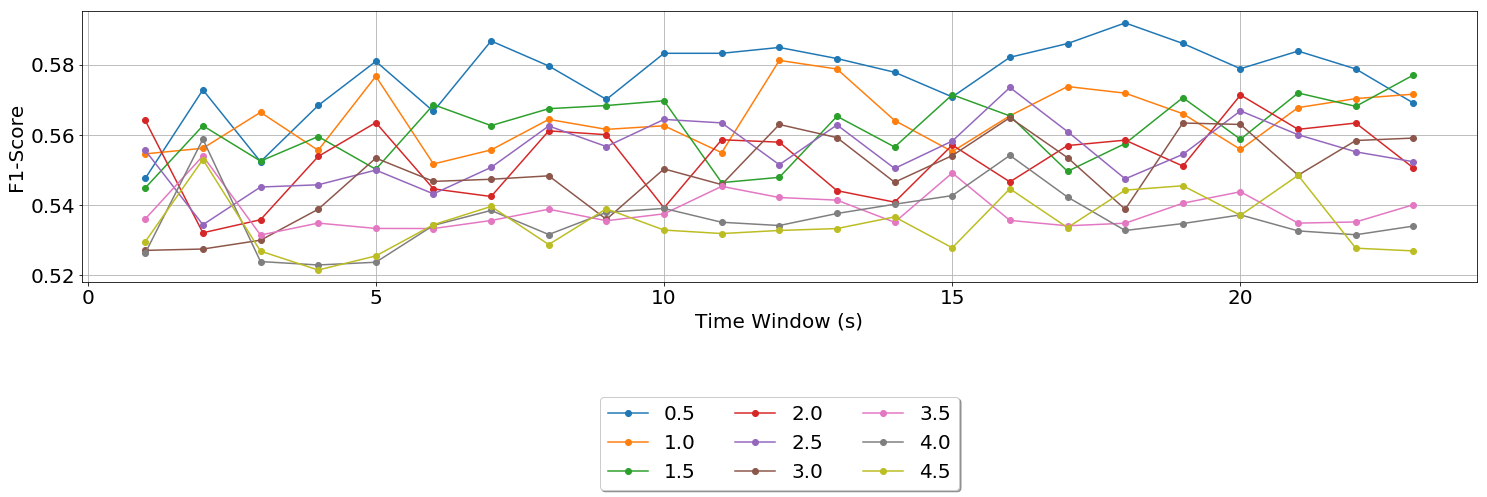- Project date: March 2020
User identification plays a vital role in smart home applications such as home automation and
intruder detection. Prior work has shown that multiple occupation, privacy and obtrusiveness has
become limitation. Passive identification using privacy-preserving sensors aims at enhancing the
user experience.
In this thesis, we propose a user identification system using capacitive touch sensors to monitor residents’
touch interactions with objects in a home environment. This approach is
based on the physical phenomenon that different residents interact with objects in different ways.
The system extracts richer information content from the sensors and turns it into a supervised
learning classification problem.
To evaluate the system we conduct an 11-day experiment in a real
home kitchen by deploying touch sensors on 19 distinct objects. Furthermore, we experiment with
how different smoothing methods affect the accuracy of touch detection and presence detection in
the system. As classification algorithms Support Vector Machine, Classification and Regression
Tree and Random Forest were studied. We also explore how different window lengths affect the
accuracy of the system.



